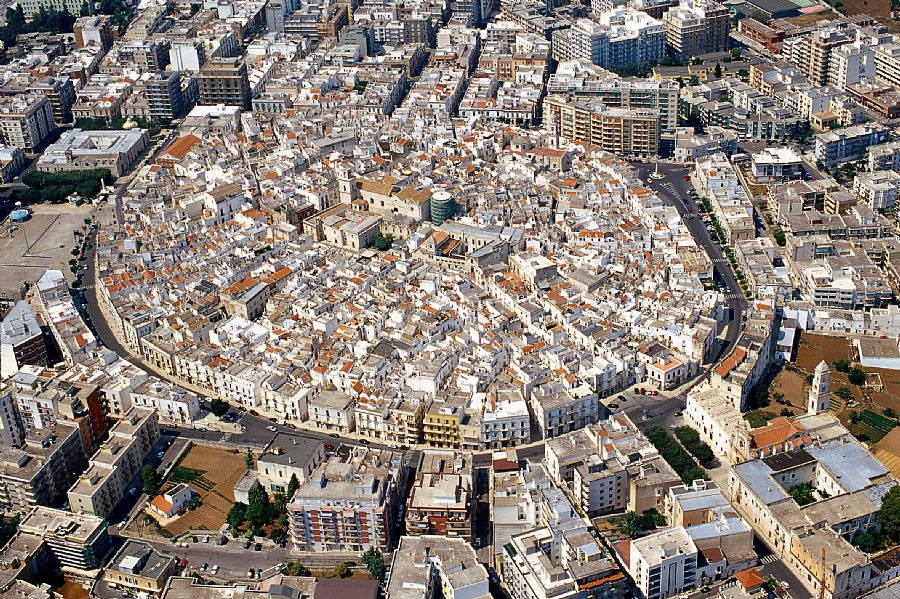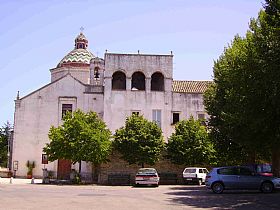Turi

Turi sits where the Puglia limestone plain, called the Murgia, starts to give way to the Valle d'Itria. It is southwest of Bari and inland from Polignano a Mare.
But stating its location doesn't describe its lovely appeal. Turi is a honey-colored stone town of about 12,000 residents, big enough to have its own sense of life and services while small enough to be enjoyable and walkable. The historic center is a web of tight narrow lanes that unwind between the buildings, a place to wander and enjoy the secret corners and little details you'll find along the way. Wider streets encircle the old town, lined with palazzi and shops and cafes. Turi is one of those "undiscovered gems' you won't usually hear about. People are proud of their town and welcoming of visitors.
The history goes back to the Byzantine period, though it was established on the ancient Greek settlement of Thuriae. The town underwent many invasions and political shiftings, and was passed around various feudal lords. The Chiesa Matrice is the "main church" and the oldest, though you wouldn't know from its decor, having been redone in the 1700s; only the Cappella Medici come out unscathed from the renovations. The bell tower was added in 1730.
Sant'Oronzo is the town's patron saint, so be sure to visit the Church of Sant'Oronzo alla Grotta. Go down to the crypt, paved in maiolica tiles, where it is said the saint, who was the bishop of Lecce, hid when the Romans persecuted him. The festival in his honor is an annual blow-out held every August 24-28, and is worth the trip just to see the elaborate arbors of festival lights they erect. (Of course, there is a procession, lots of food, concerts and fun, too!)
The tiny chiesetta of San Rocco is the only remaining medieval church in the city. The Palazzo Marchesale dates to the 12th century; it was enlarged by the Swabians; the Angevins added the towers and defensive features. It was later partially destroyed and rebuilt in the 1600s, making it a baroque residence. The Torre dell'Orologio is the ornate bell tower that is the symbol of the city.
Turi is known for its particular variety of cherry, a specialty that grows here giving the town the name "town of the ferrovia cherry". It also produces olive oil, primitivo wine and almonds. There is a wine festival in October dedicated to primitivo. Try the Tronere, a braciole dish, a local specialty. Instead of cooking the meat roll-ups in sauce, as in other parts of Italy, here it is tucked between layers of onions and cherry tomatoes and baked in a clay dish. Delizioso!
Photo credit: Di Claudiospada di Wikipedia in italiano, CC BY-SA 3.0, https://commons.wikimedia.org/w/index.php?curid=37908171
Rent a holiday home in Turi and travel like a local.

 Amalfi Coast
Amalfi Coast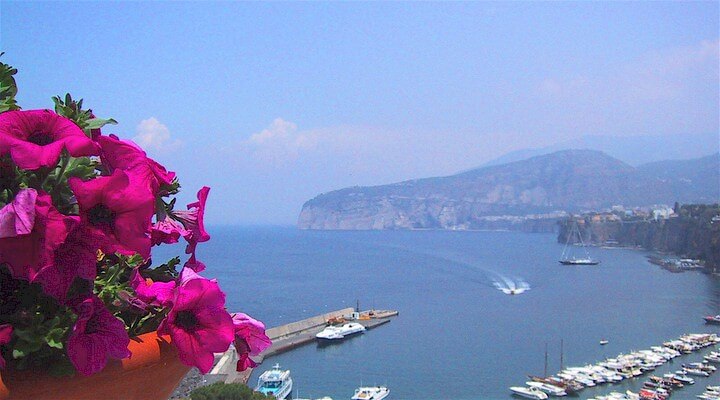 Sorrento Coast
Sorrento Coast Tuscany
Tuscany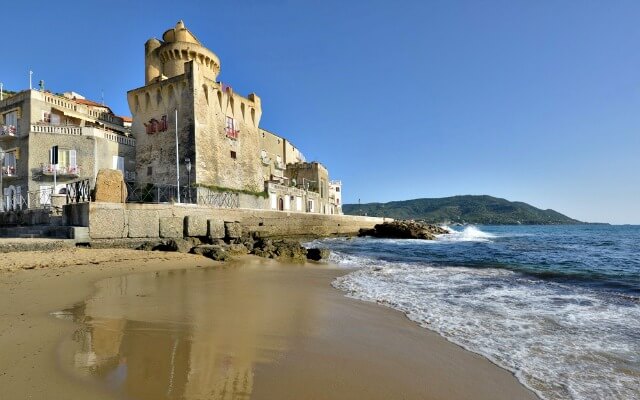 Cilento National Park
Cilento National Park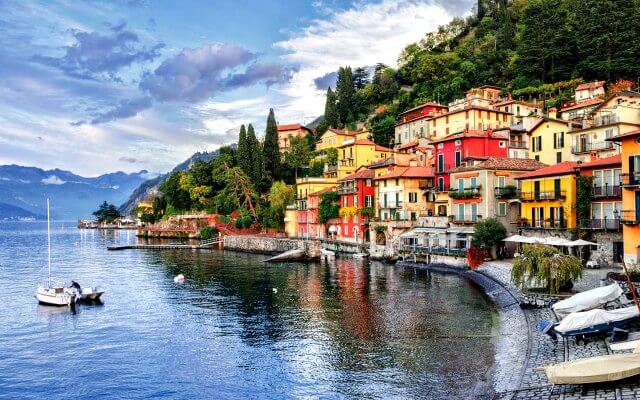 Lake Como
Lake Como Rome and Latium
Rome and Latium Umbria
Umbria Capri and Ischia
Capri and Ischia Venice
Venice Puglia (Apulia)
Puglia (Apulia)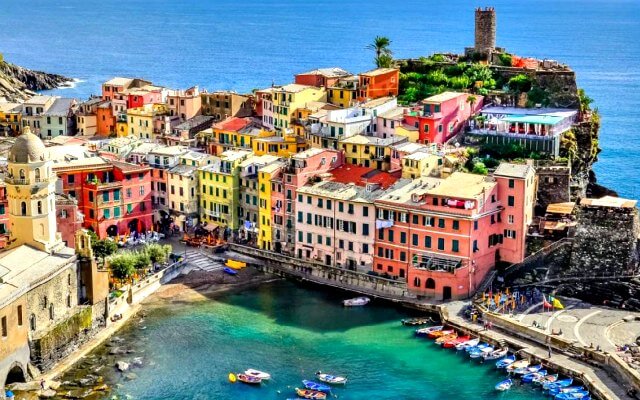 Liguria
Liguria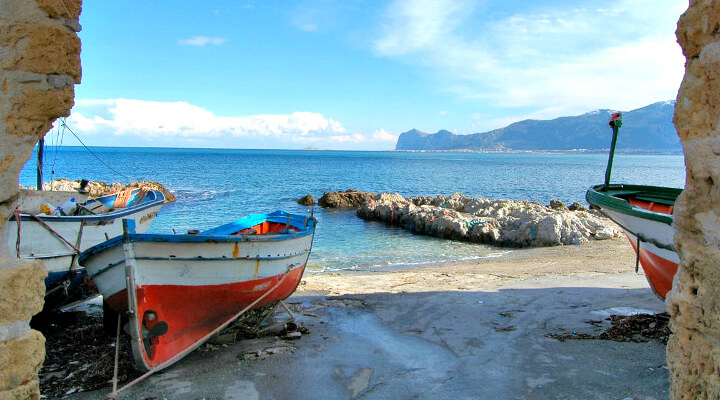 Sicily
Sicily Lake Maggiore
Lake Maggiore Lombardy
Lombardy Sardinia
Sardinia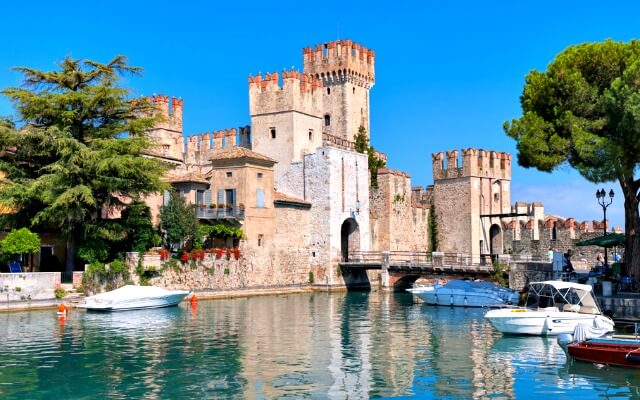 Lake Garda
Lake Garda Abruzzo and Marche
Abruzzo and Marche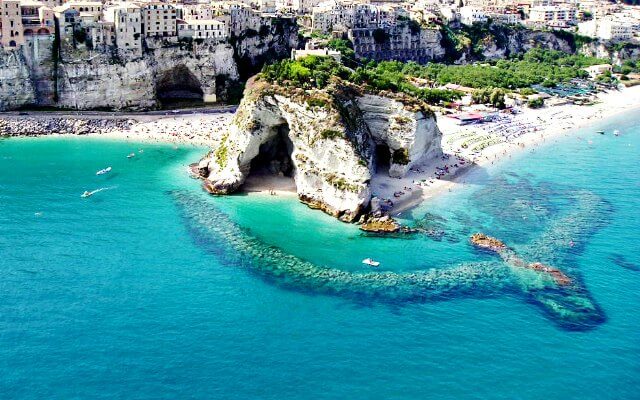 Calabria
Calabria
